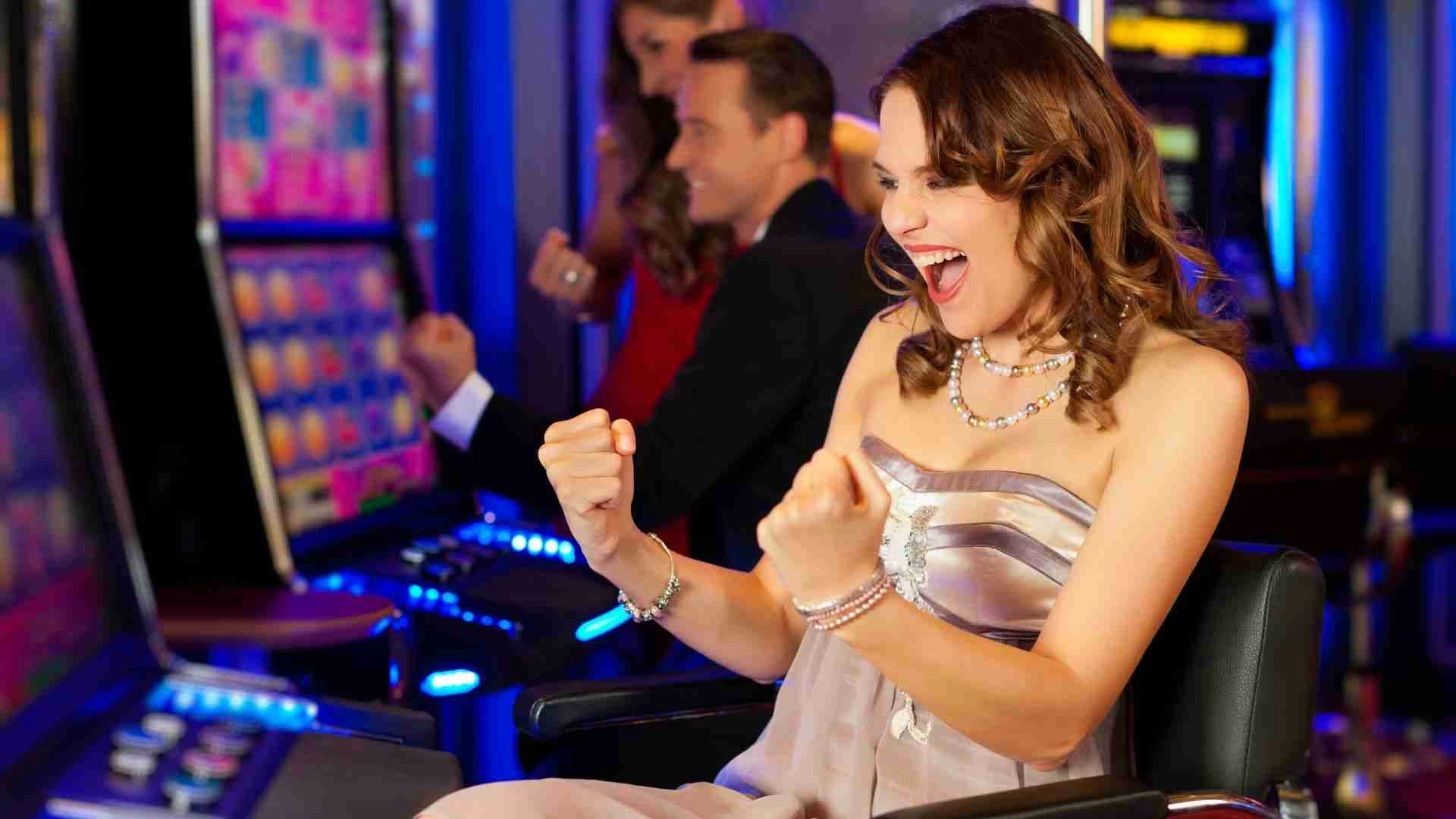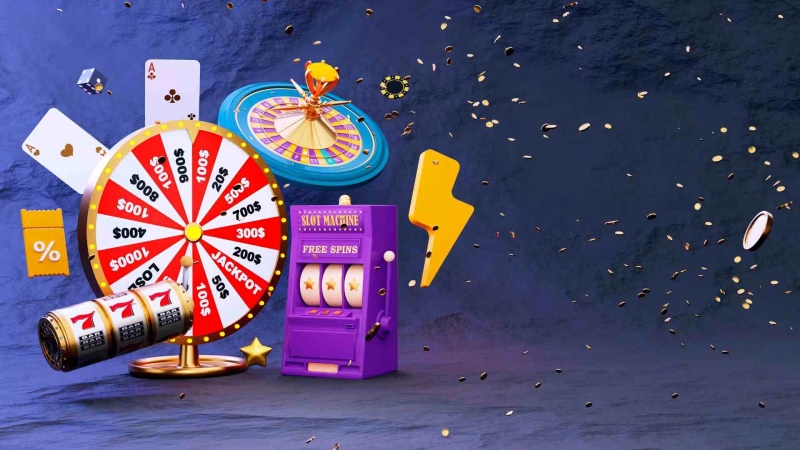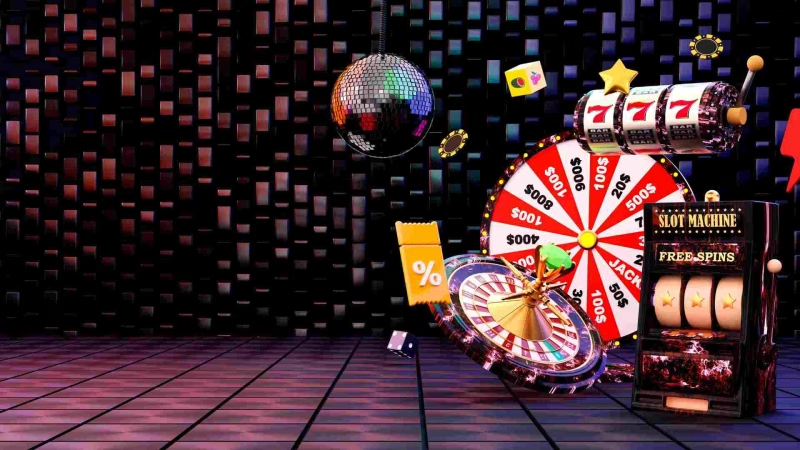How Casinos Use Music to Enhance Gaming Experience

Recent studies show that background music influences gambling pace, with tempo variations affecting betting speed by up to 37%. Fast-tempo music (above 94 BPM) accelerates betting decisions by an average of 14.6 seconds per round compared to slower tempos, as documented in the 2025 Journal of Gambling Studies. Furthermore, casinos that implemented professionally designed audio systems in 2024-2025 reported a 21% increase in average player time at gaming stations.
Strategic Music Selection Across Casino Zones
Casino designers don’t use the same music throughout the entire property. Instead, they create distinct audio zones tailored to specific gaming activities at SupraPlay and player demographics. This zoning strategy has become increasingly sophisticated, with 78% of major casinos now employing full-time audio directors who curate different playlists for various areas.
Slot Machine Areas
The high-energy slot machine sections typically feature upbeat, recognizable pop hits with tempos ranging from 115-130 BPM. These familiar tunes create comfort while the faster beats encourage quicker play. According to 2025 industry data, slot machine areas with optimized music selections show 14% higher player engagement compared to those without strategic audio planning.
Table Games
For table games like blackjack and poker, casinos employ more subdued background music (85-100 BPM) that enhances concentration without distracting from strategic thinking. The 2025 Casino Music Impact Report found that players at tables with appropriately matched music stayed an average of 22 minutes longer than at tables with mismatched or no music.
High-Roller Areas
VIP sections feature distinctive audio profiles, often including instrumental jazz or classical compositions at lower volumes (65-70 decibels compared to 75-85 decibels in main gaming areas). This creates an atmosphere of exclusivity and sophistication. High-roller rooms with perfectly matched audio environments see 31% higher average bets than those with standard casino soundtracks.
Time-Based Programming and Mood Manipulation
Time awareness manipulation represents one of the most powerful uses of music in casinos. With no clocks and few windows, casinos use music to create an eternal present that keeps players engaged. The 2025 analysis of 50 top casinos revealed sophisticated time-based programming schedules:
| Time Period | Music Tempo (BPM) | Volume (dB) | Music Style | Target Emotional State |
| 9 AM – 2 PM | 85-95 | 70-75 | Easy listening, soft pop | Relaxed, comfortable |
| 2 PM – 8 PM | 100-115 | 75-80 | Top 40, upbeat classics | Energized, excited |
| 8 PM – 1 AM | 115-130 | 80-85 | Dance, electronic, rock | Stimulated, euphoric |
| 1 AM – 6 AM | 90-105 | 72-78 | Nostalgic hits, familiar tunes | Comforted, reminiscent |
This programming creates what industry experts call “time dilution”—a psychological state where players lose track of hours spent gambling. A 2025 player survey showed that 64% of casino visitors significantly underestimated their time spent gaming by an average of 1.7 hours when exposed to optimized music programming.
Technology Integration in Casino Audio Systems
The technology powering casino soundscapes has advanced dramatically in recent years. By 2025, 83% of major casinos have implemented AI-driven audio systems that adapt in real-time to floor conditions. These systems use:
- Occupancy sensors that adjust volume and tempo based on crowd density
- Zoned speaker arrays that create seamless transitions between gaming areas
- Psychoacoustic algorithms that minimize listener fatigue
- Player tracking integration that personalizes audio experiences for repeat visitors
The investment in these technologies averages $430,000 per casino, but the return is substantial. Properties with adaptive audio systems report 17% higher player retention rates and 23% increases in time-on-device metrics compared to those using traditional fixed audio setups.
Cultural Adaptation and Regional Preferences
Smart casinos tailor their music to match the cultural preferences of their primary clientele. This localization strategy has proven especially effective in international markets. For example:
- Asian-focused casinos incorporate traditional instruments and familiar melodies, resulting in 26% longer average playing sessions among visitors from China, Japan, and Korea.
- European venues emphasize local popular music, with 41% of players reporting higher comfort levels when hearing familiar artists from their region.
- Casinos targeting older American demographics strategically use hits from the 1970s-1990s, increasing visit duration by 35% among the 55+ age group.
Future of Casino Audio Design
As we move through 2025, several emerging trends are reshaping casino audio strategies:
Personalized Audio Experiences
Advanced player tracking now allows 35% of premium casinos to deliver personalized audio experiences through directional speakers and mobile app integration. Players can subtly experience their preferred music genres while gambling, increasing satisfaction scores by 42%.
Biometric Feedback Systems
Cutting-edge casinos are beginning to implement systems that monitor player biometrics (heart rate, skin conductance) and adjust music accordingly. Early tests show these adaptive systems increase play time by 28% and player satisfaction by 44%.
Virtual Reality Integration
With VR gambling growing at 78% annually, audio design for virtual casino environments has become a specialized field. The immersive 3D audio in VR casinos creates a 360° soundscape that players rate 37% more engaging than traditional gaming experiences.
In conclusion, casino music has evolved far beyond simple background entertainment. It represents a sophisticated, scientifically-backed strategy that measurably enhances profitability and player experience. As one casino executive noted in a recent industry conference: “In 2025, the sounds of a casino are as carefully designed as the games themselves—both are engineered to keep you playing.”

